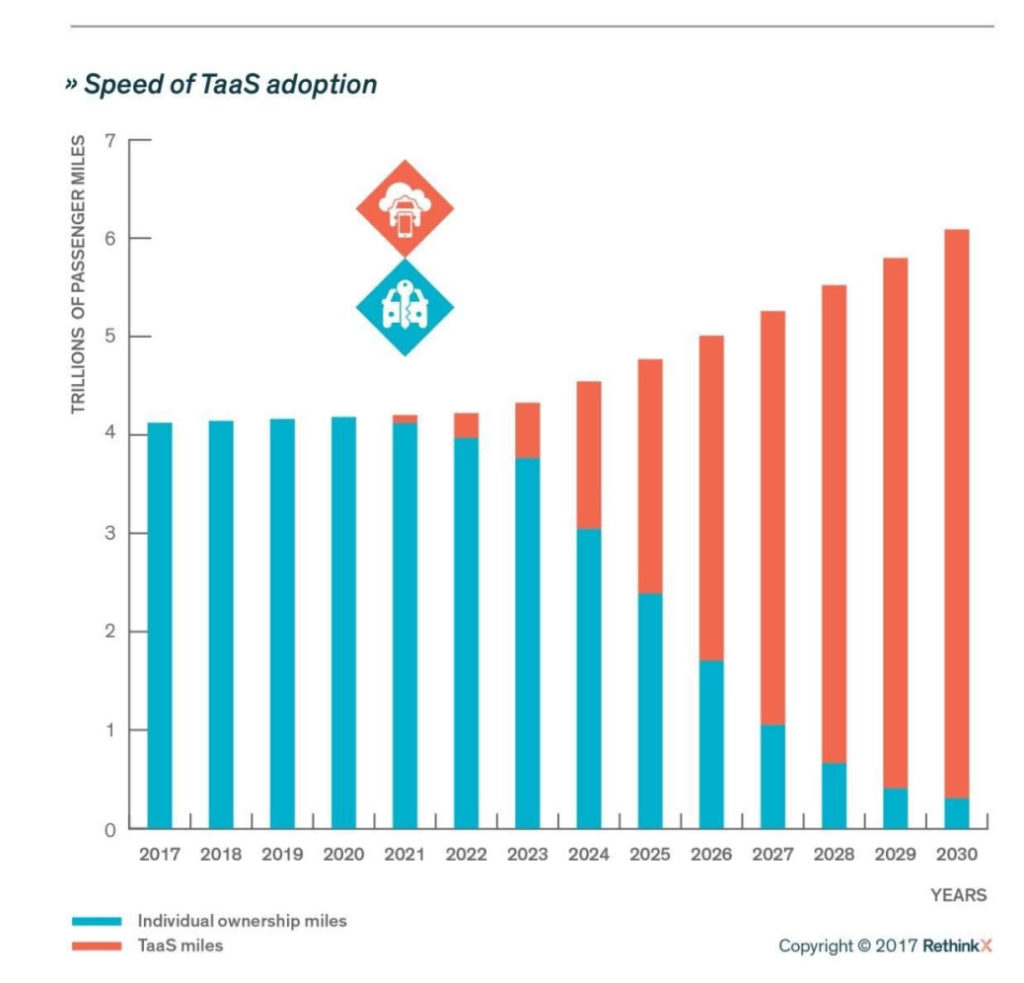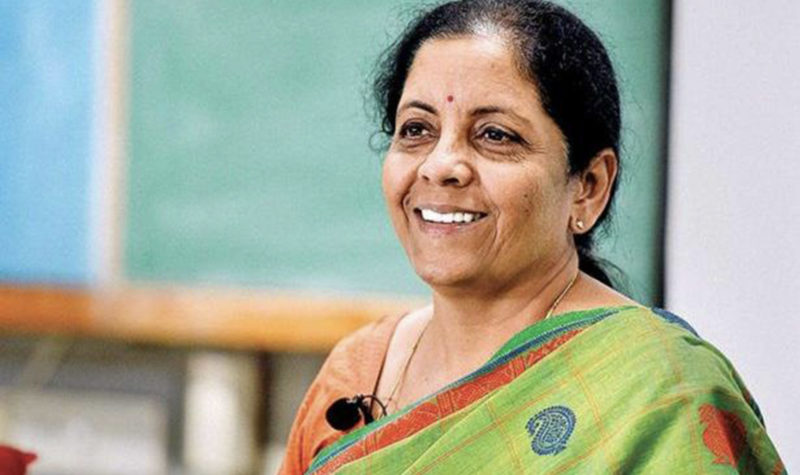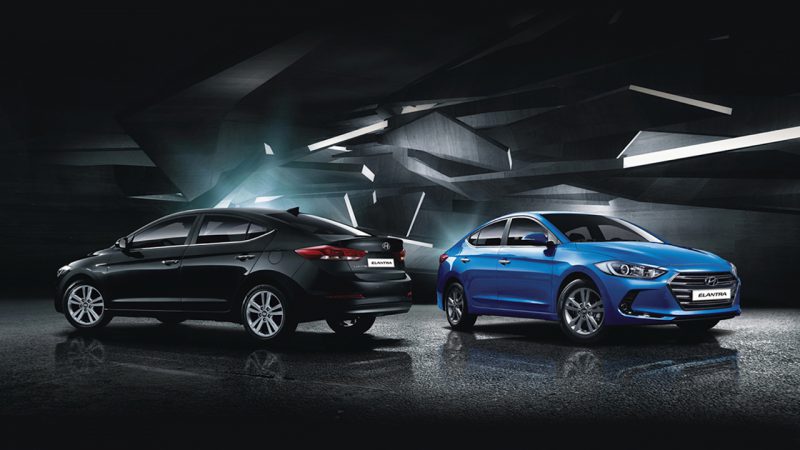Cars are essentially very poorly utilised assets. Over 85% cars have a utilisation rate of less than 15%! The Uber/OLA business model operates on higher utilisation of capacity: about 12 hours utilisation. Which means we will need only one sixth of the cars if they were available to everyone at anytime for any use! Is this possible? Of course.
In a shared mobility economy same number of people will need lesser cars if capacity utilisation is maximised. This is an economic reality and common sense. The reason why it is hitting the industry is because it may have hit critical mass in some markets.
Millennials are the largest consumer group in India. They seem to have figured out that there are other user options available which are more intelligent than owning a car. Capital block on a depreciating asset seems like a dumb idea! Ride share options make much more sense. This conflicts with the age old view that cars are aspirational products, raises social and self esteem and can also be the display-trophy for achievements. Millennials are burying that mind set as options develop.
Millennials are also differently programmed. The app driven consumption economy and ‘use it/rent it when you need it’ shared economy has grown around them. Mobility is a part of that shared economy. If they need a car for the weekend they can book a ZoomCar of their choice or even hire an exotic bike like Royal Enfield Interceptor for about 3000 bucks a day. For daily mobility Uber or Ola are not the only options. Combinations of ride share options makes it convenient for serving their mobility needs.
A few weeks ago I wanted a ride from Ooty to Bangalore and I had at least 8 different app based options! With so many options available even on inter city routes may be that’s why millennials are asking the question why do I need a car? So even though they are more mobile than their previous generation, their need for owning a car is considerably less and also saves them from the hassles of ownership. The new deterrent are the hefty fines if caught breaking traffic rules. The idea of a car has perhaps transcended from being symbols of prestige, image and status to being more utilitarian. And that sits hand in hand with the idea of ‘usership’ as opposed to ownership.

Now lets do some back of envelope calculations. Ride share companies are averaging about 3.65 million rides per day this year. At an average distance covered of 12 km/ride, its 43.8 million kilometres per day or 1.314 billion kilometres per month. If we assume 5% of these came from people who could have owned cars, its 66 million kilometres. At 1500 kilometres/month per car, it means that ride share companies ate up kilometres that would have been generated by a potential of about 44,000 cars per month or about half a million cars per year. That is pretty much 20% of industry volume. Given the mindset of the millennials and the options they have, could it be possible that they could have but didn’t buy a car? Could it also be possible that the news of constantly rising fuel prices had a psychologically negative impact on car ownership ? Instead they may be happier using the money for a trip to Croatia? So is there a chance that Ms. Nirmala Sitharaman may have been right?
Tailpiece: If automobile companies think that volumes will revive, they may be in for a rude shock. The chart below is Future of Mobility expert, Tony Seba’s prediction.
Of course the industry-wallahs will laugh it off. So did those of Nokia and Kodak and the ilk! And then there is the looming threat of EVs. Wait for my next post.




